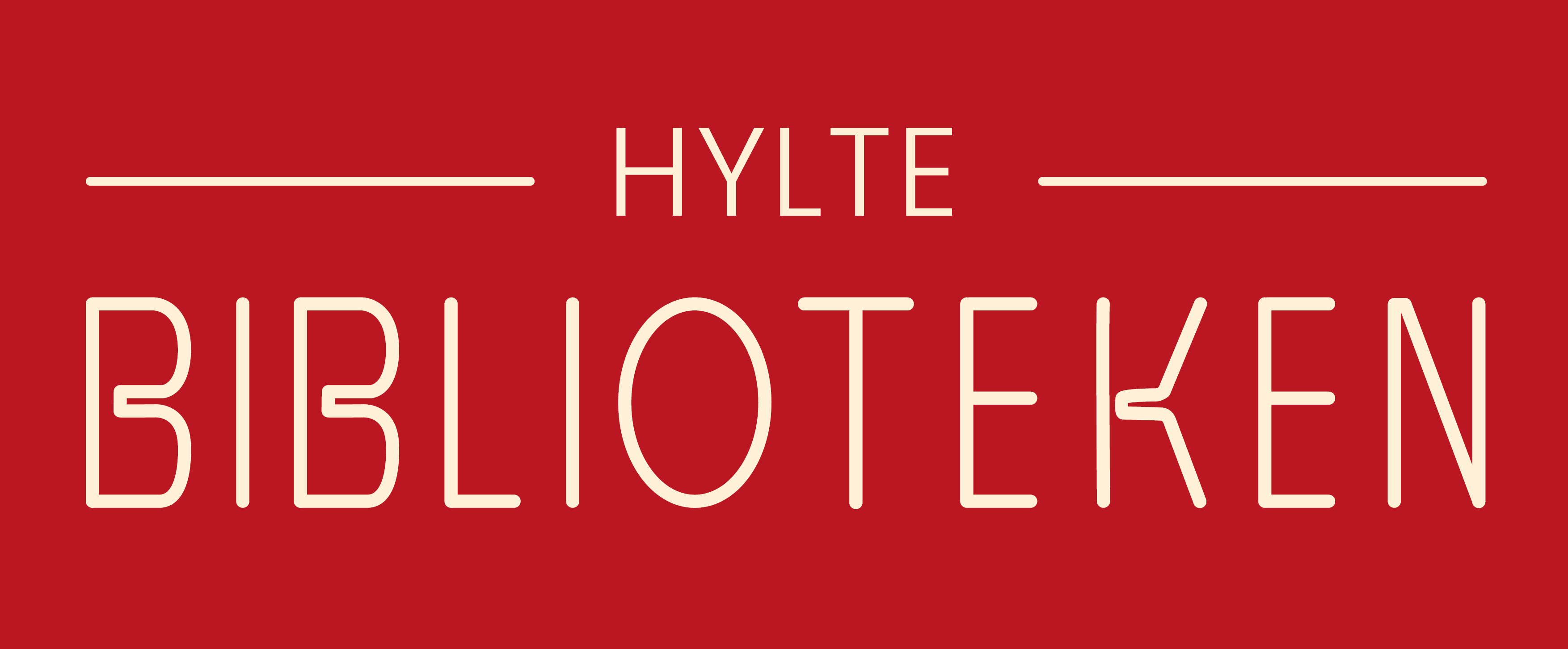
Förlag: Anncona Media
Kategori:
Noveller Engelskspråkiga
Tillgänglig sedan: december 2015
The Steppe
The Steppe is a novella by Anton Chekhov first published in 1888. This translation in English was first published in 1919 in the collection The Bishop and Other Stories.
In a narrative that drifts with the thought processes of the characters, Chekhov evokes a chaise journey across the steppe through the eyes of a young boy sent to live away from home, and his companions, a priest and a merchant.
Little Yegorushka goes off to school for the first time, setting out on the journey in the company of his Uncle Ivan, the local priest Father Christopher, and the fun-loving servant Deniska.
Along the way they meet an extraordinarily colorful array of characters, named and nameless: the innkeeper Moisey Moisevitch, the beautiful Countess Dranitsky, the mysterious Varlamov, Emelyan the voiceless singer, Tit the steppe waif, and many more. But the most colorful and extraordinary character of all is the Steppe itself in every mood and weather, painted stroke-by-masterly-stroke by Chekhov in all its wild, musical, redolent, flowering, chirruping, infuriating exuberance.
The Steppe has been called a "dictionary of Chekhov's poetics", and it represented a significant advance for Chekhov, exhibiting much of the quality of his mature fiction and winning him publication in a literary journal rather than a newspaper.
Anton Pavlovich Chekhov (1860-1904) was a Russian physician, dramatist and author who is considered to be among the greatest writers of short stories in history. His career as a dramatist produced four classics and his best short stories are held in high esteem by writers and critics.
Chekhov had at first written stories only for financial gain, but as his artistic ambition grew, he made formal innovations which have influenced the evolution of the modern short story. His originality consists in an early use of the stream-of-consciousness technique, later adopted by James Joyce and other modernists, combined with a disavowal of the moral finality of traditional story structure. He made no apologies for the difficulties this posed to readers, insisting that the role of an artist was to ask questions, not to answer them.
Information
Stöds av följande plattformar
PC/Mac
Surfplatta Läsplatta
Smartphone
